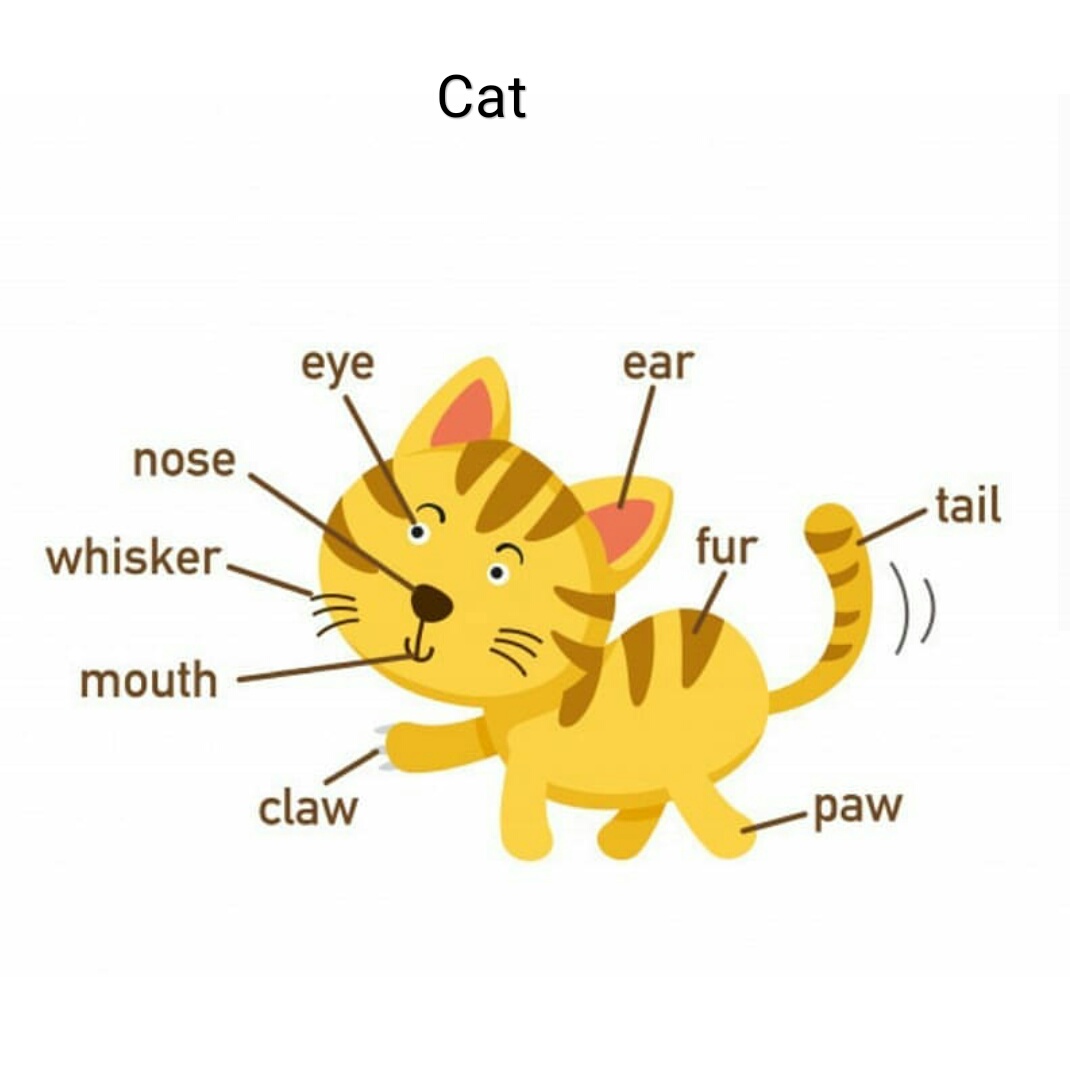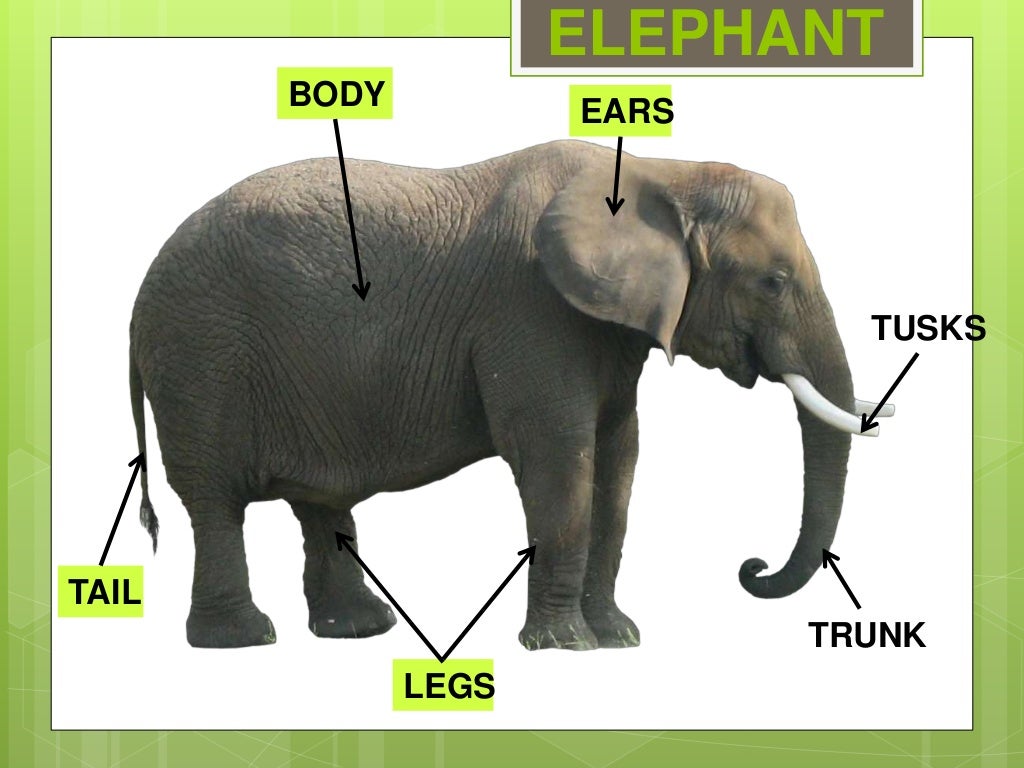The body has levels of organization that build on each other. Cells make up tissues, tissues make up organs, and organs make up organ systems. The function of an organ system depends on the integrated activity of its organs. For instance, digestive system organs cooperate to process food. The survival of the organism depends on the integrated.. Body Plans. Animal body plans follow set patterns related to symmetry. They are asymmetrical, radial, or bilateral in form as illustrated in Figure 33.1.1 33.1. 1. Asymmetrical animals are animals with no pattern or symmetry; an example of an asymmetrical animal is a sponge.

Animal Anatomy Animal Body Parts in English with Pictures • 7ESL

Diagram showing body part giraffe Royalty Free Vector Image

ANIMAL BODY PARTS MY ENGLISH AND SCIENCE

“Animal Body Parts’ Vocabulary in English ESL Buzz

Learn the Animal Body Parts YouTube

"Animal Body Parts" Vocabulary in English ESLBUZZ

Parts of a LION Vocabulary English Study Here

Animal Anatomy Animal Body Parts in English with Pictures • 7ESL

Animal Anatomy Animal Body Parts in English with Pictures • 7ESL

Animal Anatomy Animal Body Parts in English with Pictures • 7ESL

Parts of animals

Animal Anatomy Animal Body Parts in English with Pictures • 7ESL

Animal body parts diagram Diagram Quizlet

Punishka Tutorials Body Parts of Animals.

Animal Anatomy Animal Body Parts in English with Pictures • 7ESL

Animals Body Parts

Animal Anatomy Animal Body Parts in English with Pictures • 7ESL

Animal Body Parts English ESL worksheets pdf & doc

Animal Body Parts Lion_esl

Parts of a Cat Goat Body Parts Parts of a Cow Parts of a Horse YouTube
Humans are, of course, animals—more particularly, members of the order Primates in the subphylum Vertebrata of the phylum Chordata. Like all chordates, the human animal has a bilaterally symmetrical body that is characterized at some point during its development by a dorsal supporting rod (the notochord), gill slits in the region of the pharynx, and a hollow dorsal nerve cord.. Different animal body parts have different functions. For example, the heart pumps blood throughout the body, while the lungs help animals breathe. The digestive system helps animals break down food and extract nutrients, while the reproductive system allows animals to reproduce and pass on their genes.